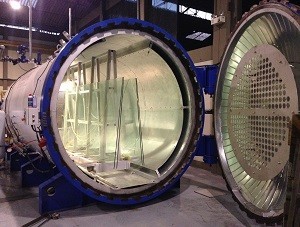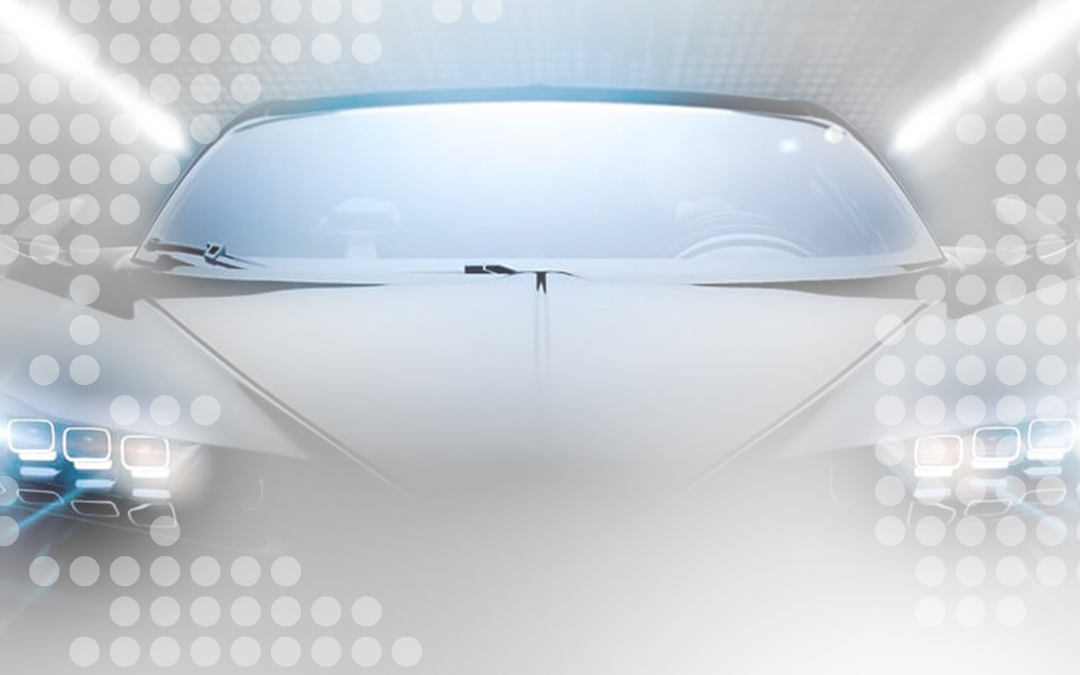📢 New project in US!
We are very happy to confirm the sale of a new #Olmar #autoclave in US.
This new equipment is an #ATG #autoclave for #glass lamination. This time, the client is AGP Group, one of the leading companies in the manufacture of #smartglasses 👨🔬
With this new #autoclave, AGP Group will be able to continue developing its new generations of products for the glass industry such as panoramic glass roofs, an innovative solution that increases the #safety and #energy #efficiency of the automotive sector 🚘
This project joins the recent commissioning of 3 large #autoclaves in Mexico, reinforcing #Olmar’s presence in this sector.
If you want to know more about glass lamination autoclaves, don’t miss our latest blog post 👉 https://bit.ly/3SH8A5h
Because we #reinvent the future together.

An autoclave for laminated glass is the cylindrical container that you can see in the image, and its use allows the union of two or more glasses of variable thickness, as well as the placement between them of one or more layers of PVB or butyral polyvinyl.
The result of this process is a glass that is characterized by a resistance and hardness much higher than normal. As a result of these qualities, laminated glass has become the first choice in sectors such as construction, architecture or automotive.
It is used, among others, for the manufacture of windshields, ballistic protection glass or large sheets in unique constructions or commercial premises (such as Apple stores for example)
This versatility of laminated glass has generalized its use, causing a high demand for autoclaves and more precise equipment that guarantee a perfect lamination of the glass.
How is laminated glass manufactured?
The lamination of the glass is achieved by heating the air inside the autoclave, either through electrical resistances or with a steam or thermal oil exchanger. Thanks to an electric fan, that hot air is distributed evenly and homogeneously throughout the autoclave and, once the cycle is finished, a water battery made of stainless steel for durability is responsible for cooling the environment, causing the temperature to drop to the desired value.
In a standard cycle, the glass introduced into the autoclave will reach a temperature of 140º (280ºF) and a pressure of 12.5 BarG (180 psig), remaining in these conditions a minimum time of 30 minutes.
All this process in Olmar autoclaves is controlled by its OCS software application | Olmar Software Control | Considered one of the most advanced solutions for the supervision, optimization and traceability of cycles in autoclaves for glass lamination.
How to optimize the operation of the autoclave
In order to avoid failures in the installation of the equipment that delay the start-up of the production process and with the aim of optimizing the operation of the autoclaves, from Olmar we consider it essential to define some aspects, such as:
1. Maximum time in which you want to reach certain conditions of temperature and pressure. This can vary depending on the thickness and number of glasses you want to treat.
2. Heating ramp: as a starting point in the glass industry, we recommend a heating ramp of 2ºC/min. This ramp will allow you to climb from 20ºC to 140ºC in 60 minutes.
3. Cooling ramp: as a starting point we also recommend a cooling ramp of 2ºC/min. This ramp will allow the reverse process, that is, to go down from 140ºC to 60ºC in 40 minutes.
4. Pressurization ramp: the maximum time to reach the working pressure of 12.5 BarG (180 psig) will be conditioned by the time defined for the heating ramp. If, for example, we have defined a ramp of 2ºC/min to go from 20ºC to 140ºC, we will recommend a maximum time of 60 minutes to reach that pressure.
5. Depressurization ramp: defines the time in which you are going to go from the working pressure to the atmospheric pressure. We advise that this be 0.7 barg/min.
‘Smart’ laminated glass autoclaves: the latest in the industry
The manufacture of laminated glass requires high precision and reliability due, above all, to the high levels of demand on the part of the sectors mentioned above (automotive, construction and architecture).
To face this type of challenge with good results, from Olmar we have chosen, once again, to combine the traditional with innovation. This union has allowed us to obtain smarter equipment, capable of automatically controlling pressurization with air; heating ramps using electric, thermal oil or steam batteries; the maintenance of vacuum, pressure and temperature values during curing and subsequent cooling and depressurization.
These ‘ intelligent’ autoclaves not only offer the possibility of controlling and analyzing the pressure, vacuum and temperature values during the process/cycle, but also after it, being able to detect possible points of improvement and optimization of the cycle to the maximum.
With technology on our side, we can provide our customers with turnkey solutions when it comes to the manufacture of laminated glass of all sizes and shapes.
A new generation of autoclaves is now available! If you want to know more about our autoclaves and laminated glass, write to us at contact@olmar.com. You will also find us on 0034 – 985 321 700 .





